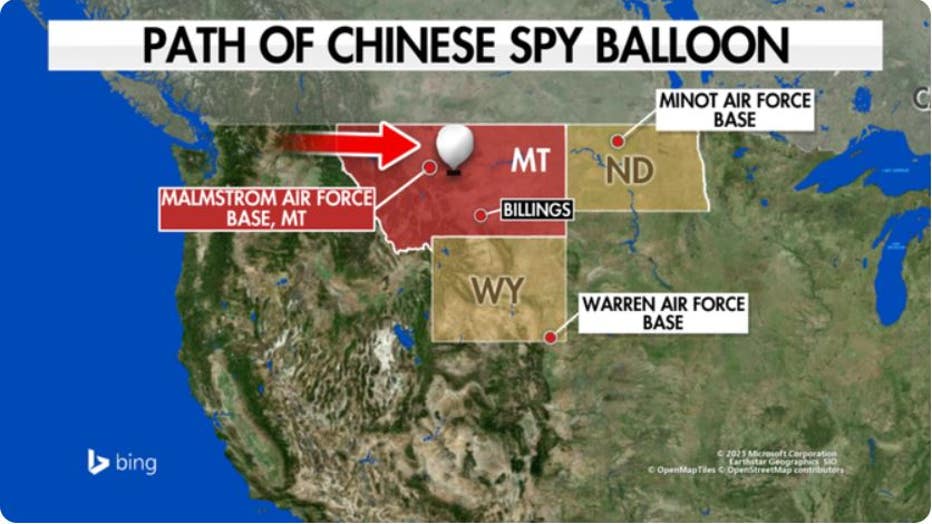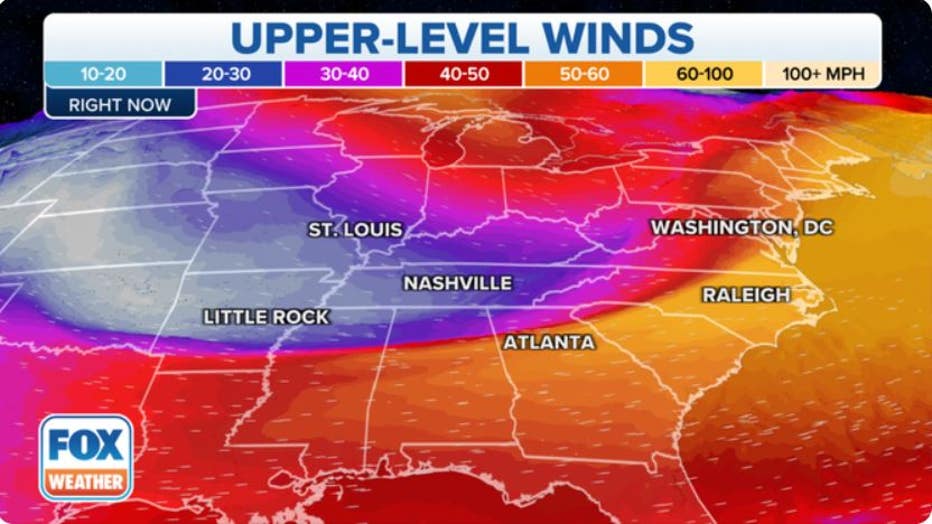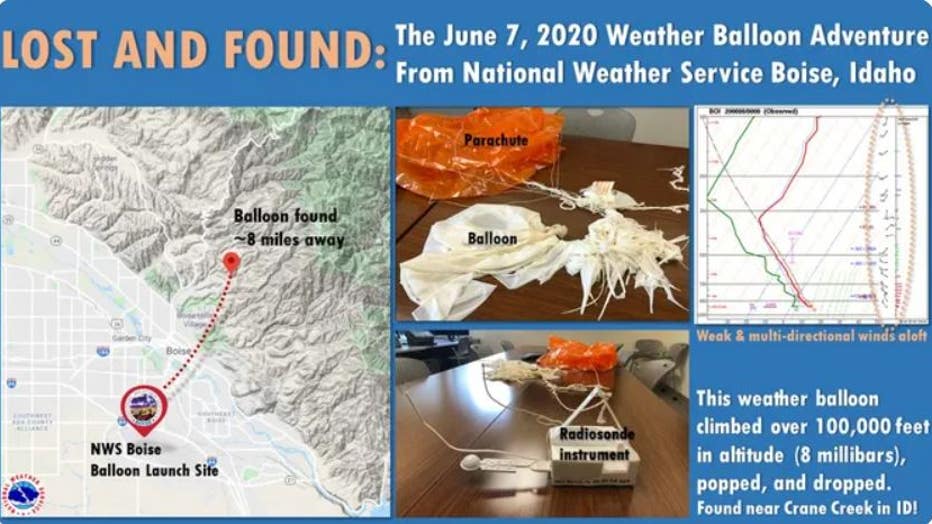How a suspected Chinese spy balloon is different than America’s classic weather balloon

Chinese spy balloon: Montana man describes 'surreal' experience capturing balloon on camera
The White House says it is "keeping all options on the table" regarding the Chinese spy balloon after President Biden followed "strong" recommendations from defense officials not to shoot down the aircraft due to safety to people on the ground. Chase Doak took video of the 'spy balloon' in the sky over Billings, Montana. He spoke with LiveNOW about the experience. "It's very surreal," Doak said. "I'd be lying if I said it wasn't exciting. When I was taking photos of it, at best I thought I'd maybe get a good shot of a flying saucer or something like that. At worst, I'd get a photo of a cool, science experiment of some kind. I really, honestly never thought that I would be caught up in something like this." More LiveNOW from FOX streaming video
Every day meteorologists launch hundreds of balloons across the country designed to measure winds, pressure, temperatures and moisture, but an airship from China over the U.S. heartland has many officials saying their balloon is more sinister in nature than the Chinese government claims.
Eyewitness accounts of the balloon started going viral on Thursday after pictures and video emerged from Montana of a large object in the sky – an object confirmed by the U.S. military to be a high-altitude surveillance balloon launched by the People’s Republic of China.
The PRC has claimed that the balloon is devoted to research, but U.S. officials are downplaying claims that it is on a weather-related mission.
"We are aware of the PRC statement. However, the fact is we know that it’s a surveillance balloon, and I’m not going to be able to be more specific than that," Pentagon spokesman Brig. Gen. Patrick Ryder said during a Friday briefing.
Sightings have been reported from near the Canadian border to as far south as Missouri, but with hundreds of balloons cruising through the atmosphere daily, none garner the attention that the Chinese vessel has.

Chinese spy balloon map (FOX Weather)
ACCURATE WEATHER FORECASTS WOULD BE ALMOST IMPOSSIBLE WITHOUT WEATHER BALLOONS
An apparent reason for all the witness accounts of the object could be its sheer size. Defense officials believe the balloon is the size of several buses, much larger than those launched by National Weather Services offices.
The NWS said its balloons usually start out around 6 feet and can expand outwards as much as 20 feet before bursting around 100,000 feet in altitude.
Onboard is a radiosonde with sensors and a transmitter that sends data back to the ground every two seconds and helps forecasters gather data for computer models.
"During a weather balloon launch you want to cover the entire troposphere, which varies seasonally. In the wintertime, that might be 40,000 feet, and in the summertime, it might be as high as 60,000 or 70,000 feet," a meteorologist at the NWS office in Nashville said.
The altitude of the Chinese craft was last estimated to be at least 60,000 feet, well above the level of cruising aircraft and the key layers that U.S. weather balloons monitor during the winter.
WEATHER BALLOON GOES ON 117-MILE RIDE OVER LAKE MICHIGAN
"I’m not going to have much new information to provide other than to say that the North American Aerospace Defense Command continues to monitor it closely. While we won’t get into specifics in regards to the exact location, I can tell you that the balloon continues to move eastward and is currently over the center of the continental United States. Again, we currently assess that the balloon does not present a military or physical threat to people on the ground at this time," said Ryder.
The balloon’s apparent sophistication and the ability to maneuver makes the airship’s future route unable to be accurately predicted.
Average weather balloons are only in the sky for around 90 minutes and solely rely on wind direction for travel.

Jet stream winds can play an important role for where objects will land. (FOX Weather)
Depending on the time of the year and weather patterns, many travel in an easterly trajectory from launch until the end of utilization, which could be a few miles or even hundreds of miles.
The NWS estimated each of its launches costs around $200 but is subject to the market price of helium and hydrogen.
The agency used to tack onto its radiosondes a postage-paid envelope for people to return the instruments that fall back to the ground, but in recent years have retired the practice due to low participation rates and improved technology.

Weather balloon launch and recovery in Idaho (NOAA)

